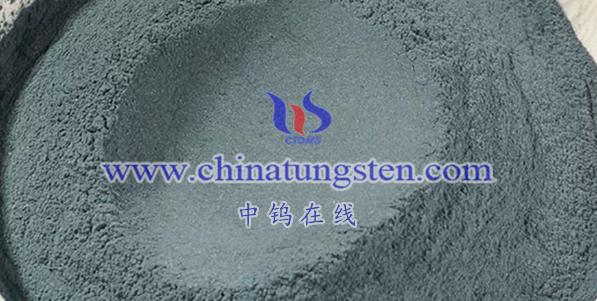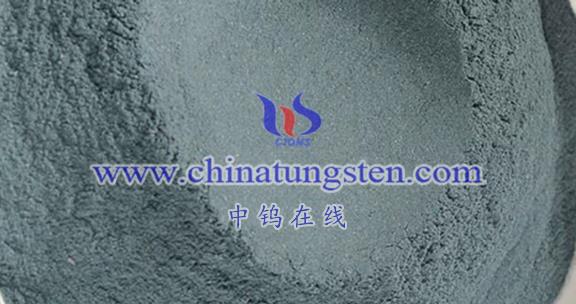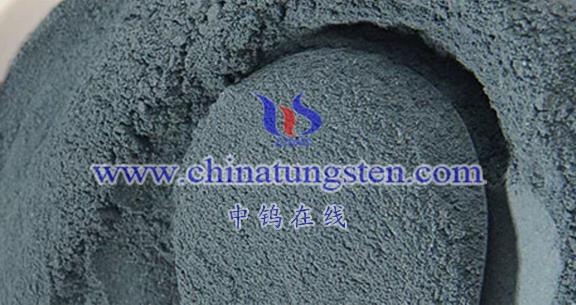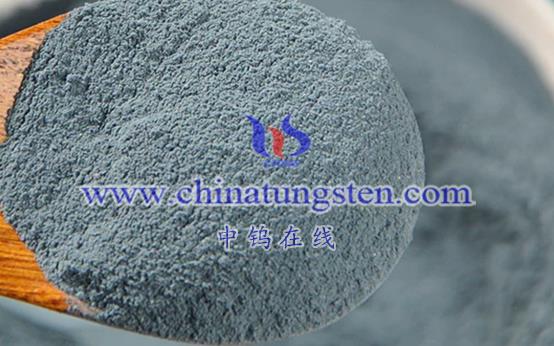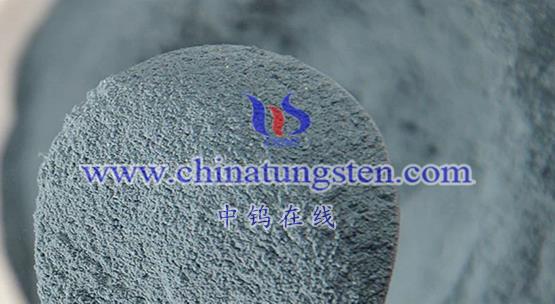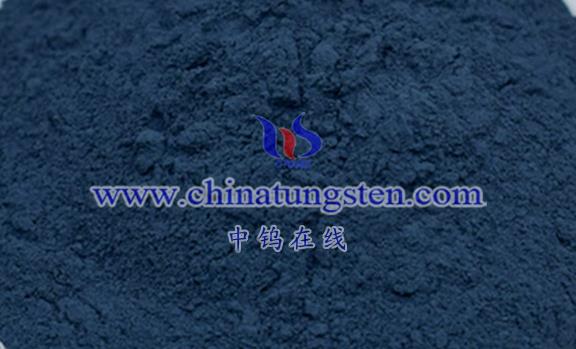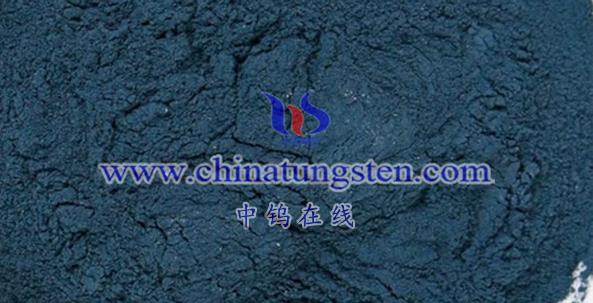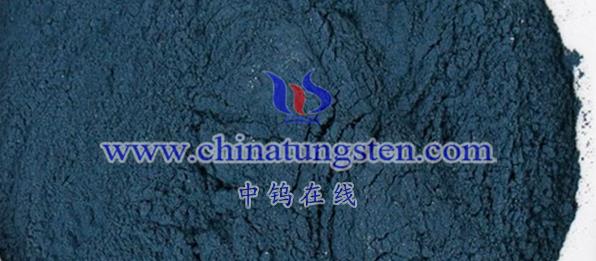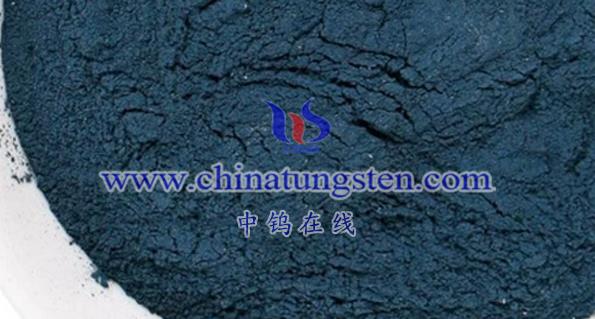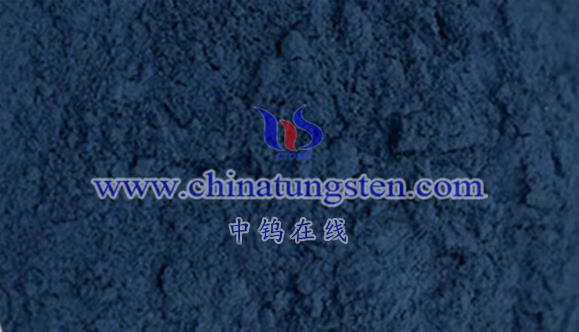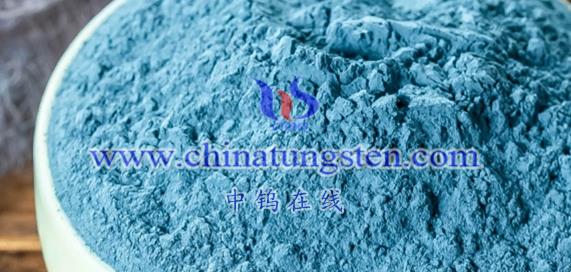
Tungsten bronze compounds exhibit a variety of physical properties. Below is a detailed summary of their physical characteristics:
- Color and Luster of Tungsten Bronze Compounds
- Color Variation:
The color of tungsten bronze compounds changes significantly depending on the composition elements (M) and the x value. For example, when M is sodium (Na), the color of NaxWO3 changes from golden yellow to pale blue-gray as the x value decreases. Other tungsten bronzes, such as (NH4)xWO3, are blue, and Cs0.33WO3 is blue-black. - Metallic Luster:
Tungsten bronze compounds typically have a metallic luster, making them visually similar to copper but with higher chemical inertness.
- Color Variation:
- Structure and Crystalline Form of Tungsten Bronze Compounds
- Crystalline Structure:
Tungsten bronze compounds primarily exhibit two types of crystal structures: tetragonal and orthorhombic. The tetragonal unit cell contains 10 [BO6] oxygen octahedra, which are corner-linked along the C-axis. The orthorhombic structure can be viewed as a further distortion along the diagonal of the tetragonal unit cell. - Crystal Stability:
The stability of tungsten bronze’s crystal form is influenced by its composition and preparation conditions. Different conditions can lead to the formation of different crystal structures.
- Crystalline Structure:
- Electrical Conductivity of Tungsten Bronze Compounds
- Electrical Conductivity:
The conductivity of tungsten bronze compounds varies depending on the M and x values. When the Na:WO3 ratio is greater than 0.3, the material exhibits positive temperature coefficient resistance, with metallic properties and good conductivity. When the ratio is less than 0.3, it behaves as a semiconductor with a negative temperature coefficient resistance and poorer conductivity. - Electronic Structure:
The conductivity is closely related to the electronic structure of tungsten bronze. The valence electrons of the metal atoms move freely in the lattice, forming conductive channels.
- Electrical Conductivity:
- Solubility of Tungsten Bronze Compounds
- Insoluble in Water and Most Acids:
Tungsten bronze is highly chemically inert, making it insoluble in water and most acids, except for hydrofluoric acid. This property allows tungsten bronze to remain stable in various chemical environments. - Soluble in Alkaline Reagents:
Tungsten bronze can dissolve in alkaline reagents, which opens up specific applications under certain conditions.
- Insoluble in Water and Most Acids:
- Other Physical Properties of Tungsten Bronze Compounds
- Thermal Properties:
Tungsten bronze compounds also possess favorable thermal properties, such as thermal stability and thermal conductivity. These properties make tungsten bronze suitable for use in thermal elements, insulation materials, and other potential applications in the thermal domain.
- Thermal Properties:
In summary, the physical properties of tungsten bronze compounds include a variety of colors and lusters, specific crystal structures, adjustable electrical conductivity, unique solubility characteristics, and other properties such as density, hardness, and thermal characteristics. These physical properties collectively form the basis for the wide range of applications of tungsten bronze in various fields.
More details of tungsten oxide product, please visit website: tungsten-oxide.com
Please contact CHINATUNGSTEN for inquiry and order of tungsten oxide:
Email: sales@chinatungsten.com
Tel.: 86 592 5129595

